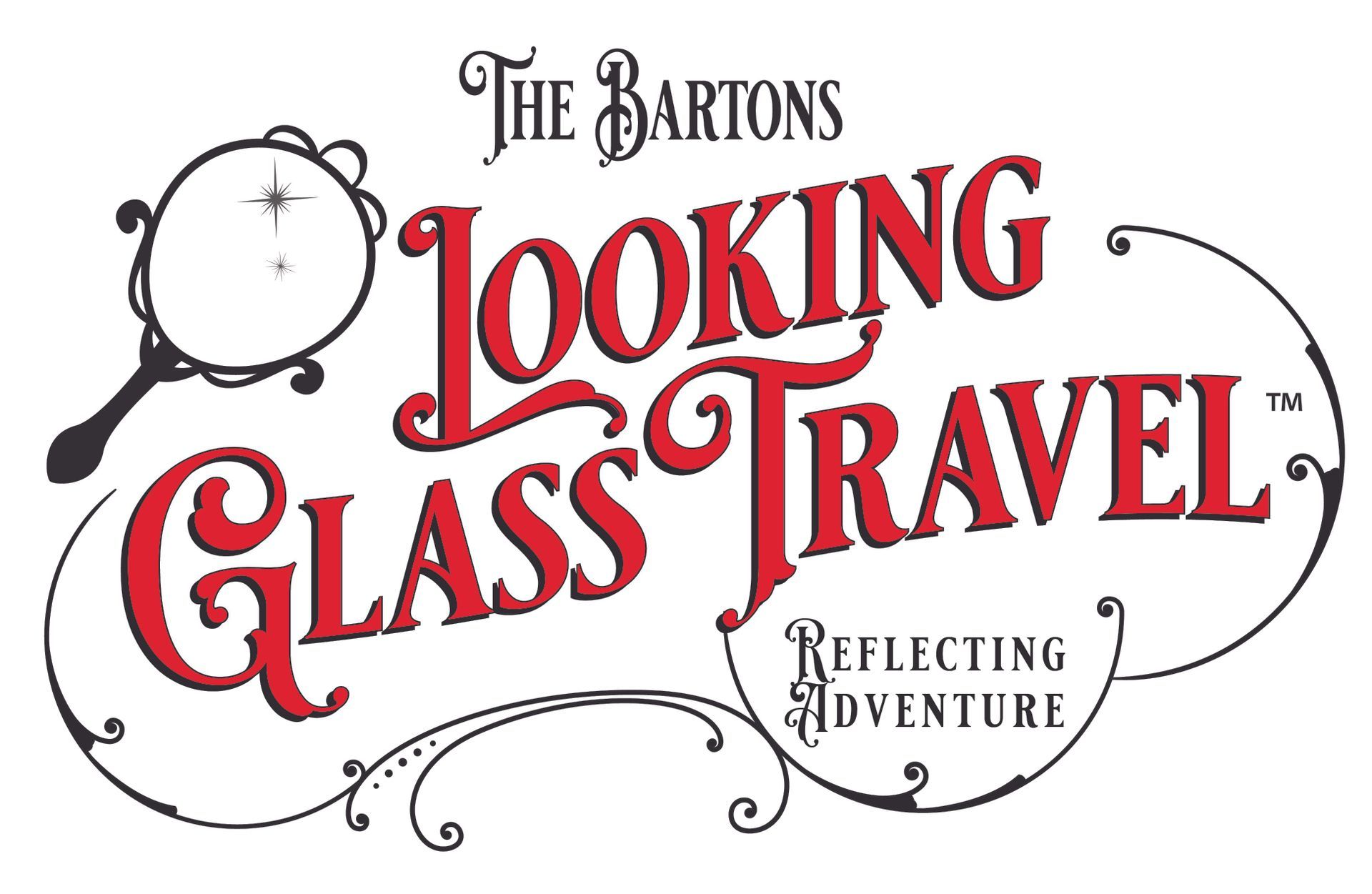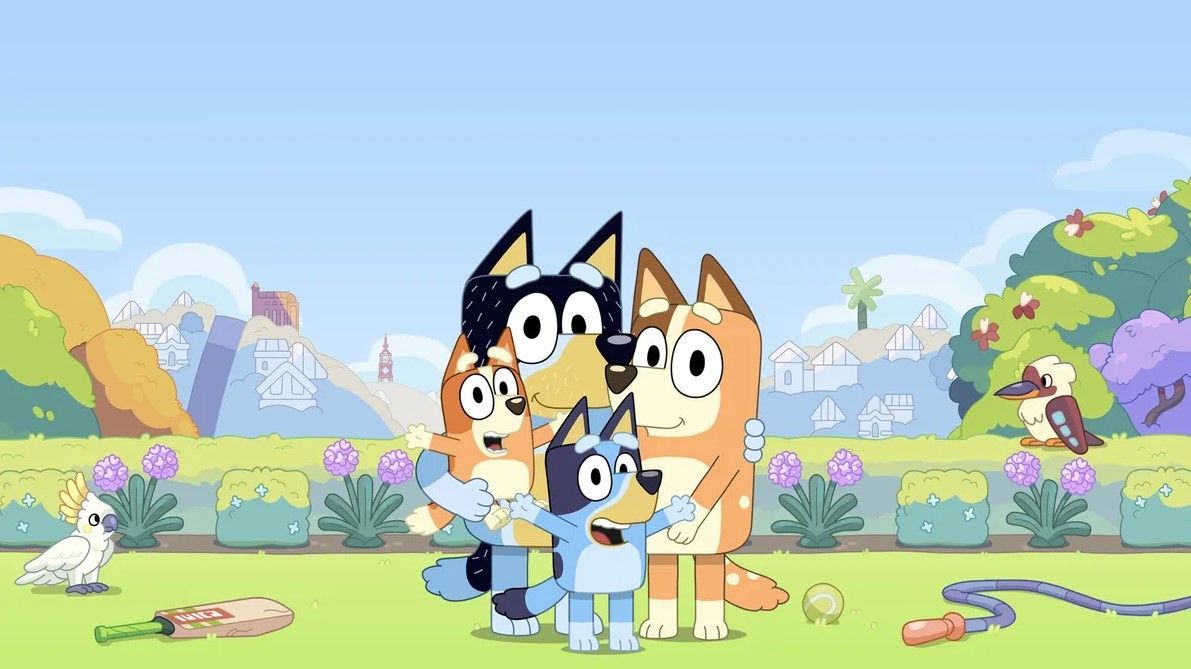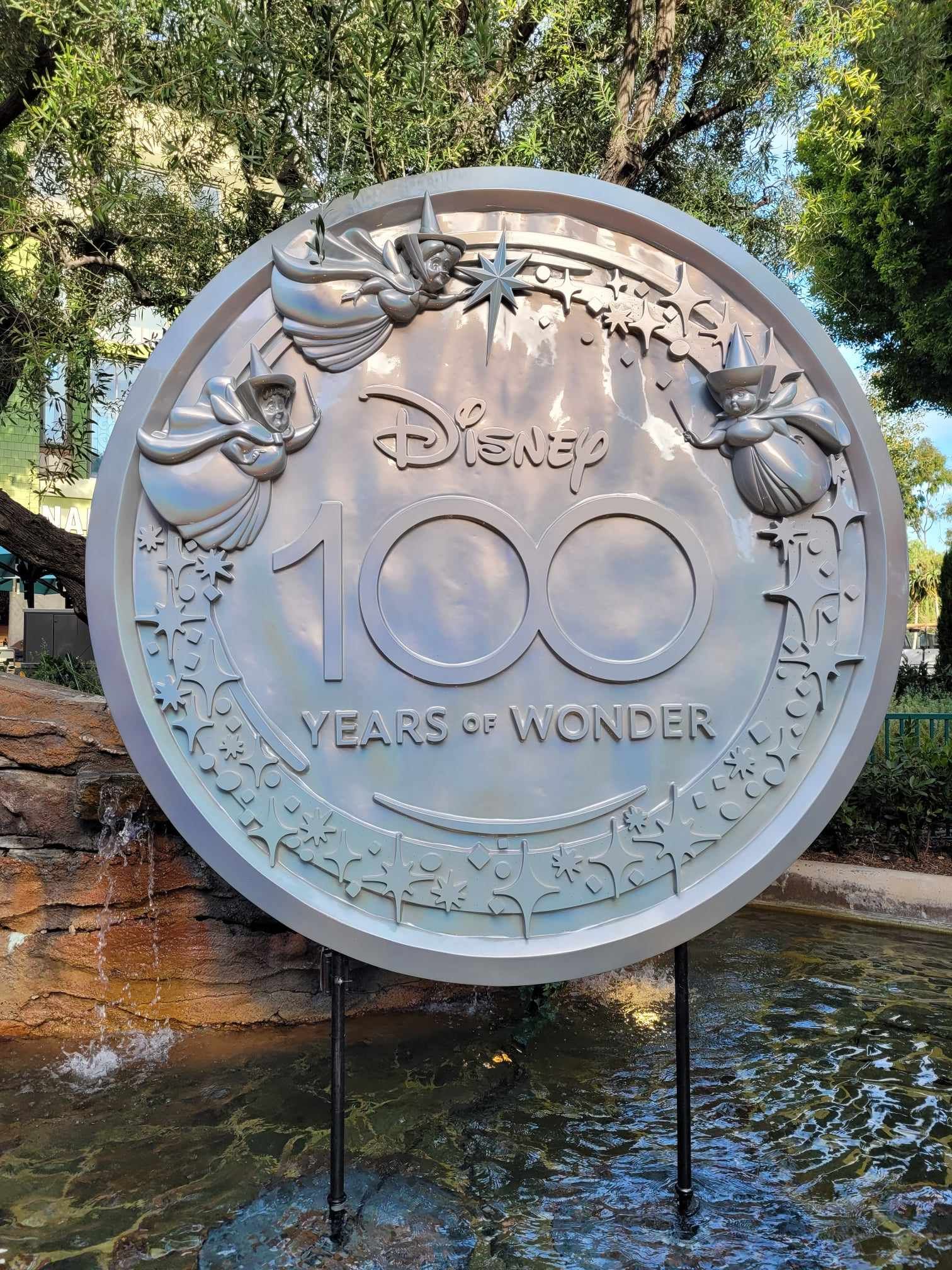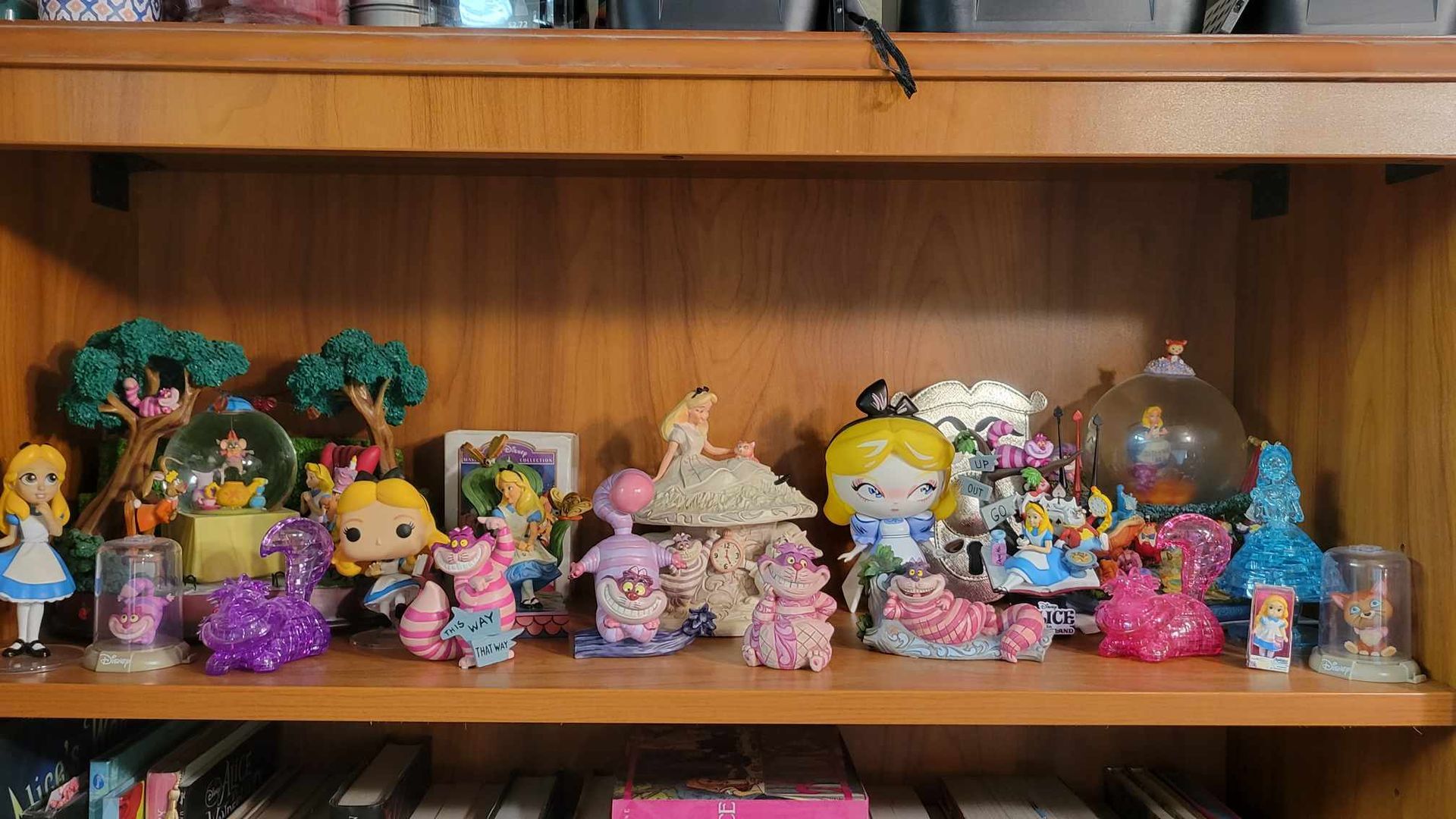Craig D. Barton is a creative consultant, editor, and writer, having written for and consulted on multiple Disney Editions books and various other projects. Besides being a self-described "DisNerd," Craig is a travel specialist, advocate for all arts, loves travel, movies, making his own eclectic music playlists, and, most of all, spending time with his family. Craig currently resides in Avondale, AZ with his lovely wife, quirky daughter, and their three "Pixie Hollow Pets," Zarina, Silvermist, and Bobble.
1939 - Of Music, Mice, Crickets, and Trees
by Craig D. Barton
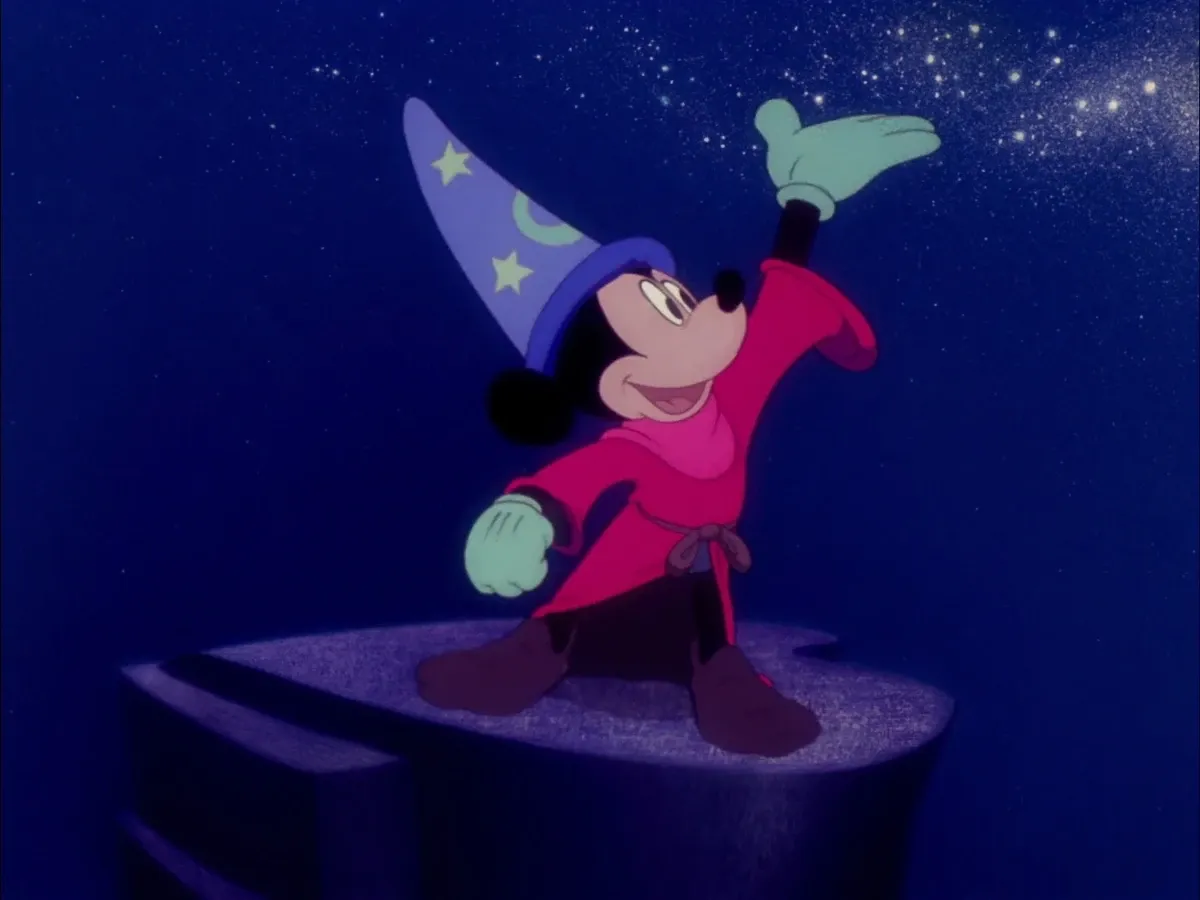
Mickey Mouse in "The Sorcerer's Apprentice" ©Disney
This theatrical film, of course, was Fantasia, another envelope-pushing full length feature that told a series of stories with classical music in place of traditional script. In many ways, many of the Silly Symphonies had been predecessors for this film experiment in musical storytelling. However, as author John Culhane explains in his aptly titled “Walt Disney’s Fantasia,” the purpose of The Sorcerer’s Apprentice, and ultimately Fantasia “...sprung from Disney’s desire to go beyond the usual animated cartoon with its combination of comic strip graphics and slapstick comedy. And the most important combination in Fantasia was the wedding of film graphics to animated film.” Culhane continues, “Walt had been trying to figure out a way to use what he called ‘the greatest music of all times,’ because ‘for my medium, it opens up unlimited possibilities.’ “
Work on Fantasia, which had actually begun in 1937 with the securing of rights to The Sorcerer’s Apprentice, continued on what would be a total of seven segments – Tocatta and Fugue in D Minor (Bach), The Nutcracker Suite (Tchaikovsky), The Sorcerer’s Apprentice (Dukas), Rite of Spring (Stravinsky), Pastoral Symphony (Betthoven), Dance of the Hours (Ponchielli), and a combined Night on Bald Mountain (Mussorgsky) and Ave Maria (Shubert). Accompanied with narration by Deems Taylor and including a brief intermission that introduces the audience to “the soundtrack,” Fantasia would be released as a theatrical roadshow (In glorious stereophonic Fantasound!) that would play in 13 cities across the United States, beginning in 1940.
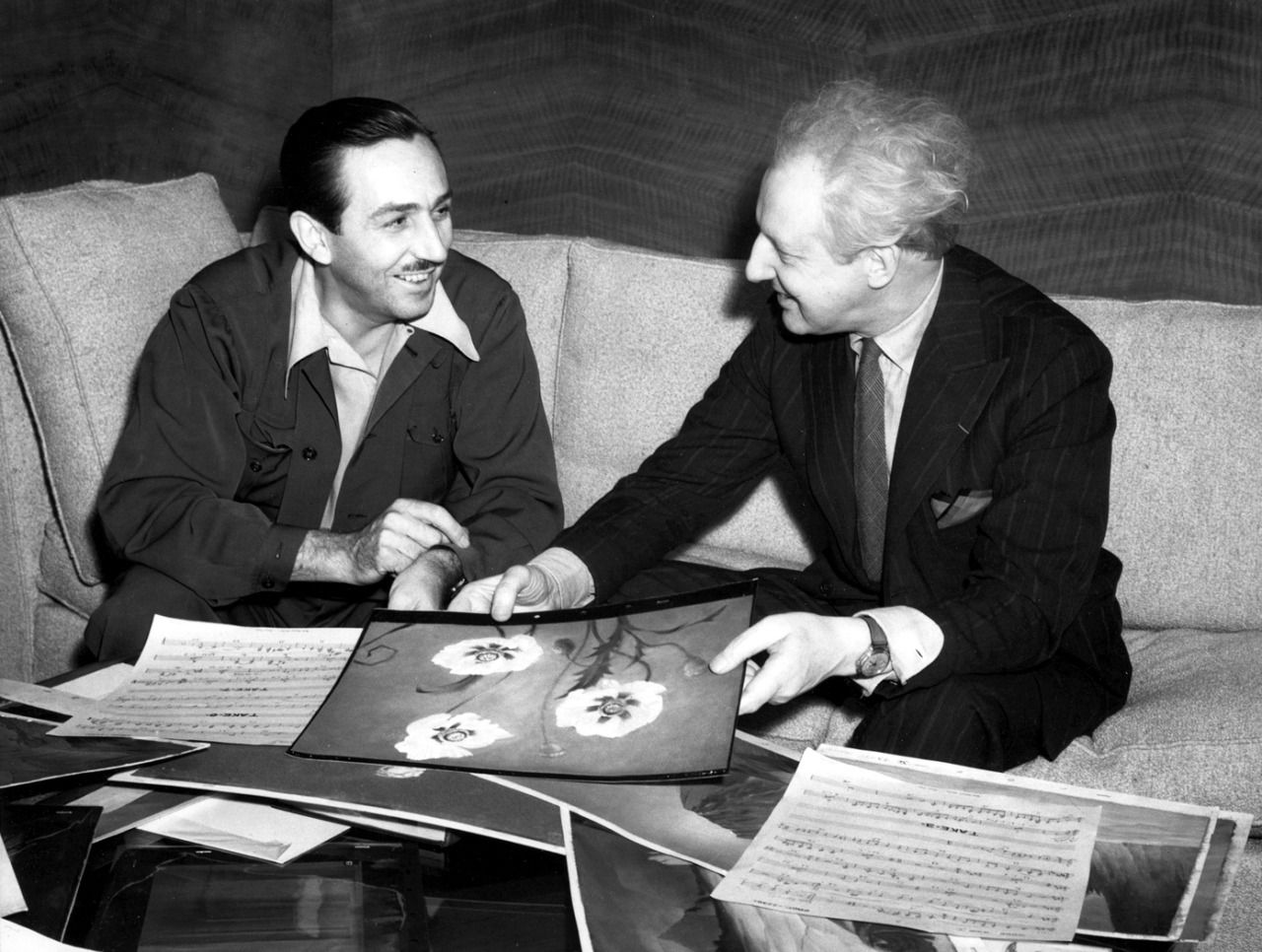
Walt Disney and Leopold Stokowski Discuss Tchaikovsky's "Nutcracker Suite" Segment ©Disney
For more information on the production of Fantasia, I highly recommend the aforementioned “Fantasia” by John Culhane and C.W. Gross’s four-part series “On the Sublime and Beautiful in Disney’s Fantasia” here on Communerdy.
Production also continued on Disney’s adaptation of Carlo Collodi’s “The Adventures of Pinocchio,” a story that definitely needed some adapting from the original work before it was brought to the big screen under the Disney moniker. Collodi’s Pinocchio was more callous, rude, and mischievous (Smashing a cricket with a mallet would not leave one wanting to wish upon a star!), while the Disney Studios looked to make Pinocchio more good-natured, albeit naïve. As author J.B. Kaufman notes in his in-depth book “Pinocchio – The Making of the Disney Epic,” “Walt recognized from the beginning the problematic nature of Pinocchio’s personality. In one of the earliest meetings he commented: ‘people know the story, but they don’t like the character.’ “
Achieving the right “feel” for Pinocchio had proven rather frustrating. Animation had begun in early 1938, but reports and legend tell of Walt scrapping sequences and sending his artists back to start over. Says Kaufman, “To another journalist, Walt explained his decision. ‘We just didn’t seem to have the feel of the story, and there was no use trying to patch it up. I’ve never had any success with make-over jobs. In a case like this, it is far cheaper and more satisfactory in the long run to discard all previous work. We don’t function like the average producer working with human actors. Their retake jobs invariably come after the picture is completed, when they have spent half a million or more on a production. Then they throw in another quarter of a million perhaps on a repair job. But, to my way of thinking, that’s tossing good money after bad. The fundamental error is still there. That’s why I would rather start from the beginning and get as close to perfection as possible.” Starting from the beginning meant that main story animation would not actually restart until September of 1938, and even then, the story would still change.
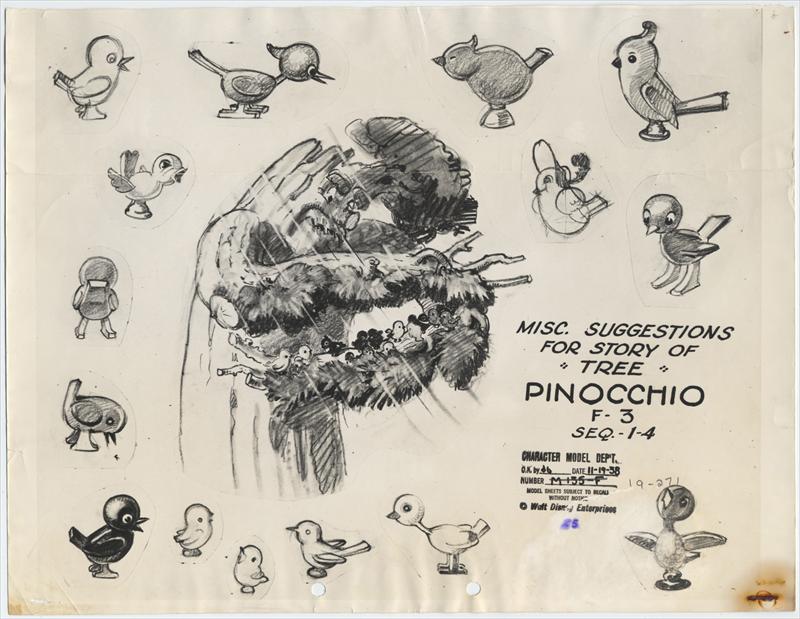
Predating Grandmother Willow by 50+ Years, Concept Art for the Scrapped "Grandfather Tree" Sequence from Pinocchio ©Disney
One element of the story that had been in development met its metaphorical chopping block in early January of 1939 at the hands of Walt himself: The Grandfather Tree. In a sequence that came from Pinocchio’s incessant inquiries of “Why?”, Geppetto would tell the titular puppet of his lineage, most notably, of the Grandfather Tree. Almost a Silly Symphony unto itself, this moment would include a musical quartet of wooden birds singing around their newly constructed nest. However, as had been the case in the “Music in Your Soup” sequence of Snow White, Walt saw a need to move the story forward. “One thing that has been keeping it in, is that it is cute,” explained Walt. “But it does retard the business, and I believe we have some better stuff coming.”
In fact, one of the biggest and best ideas came that very month.
Although he was a part of the vast cast of characters, Jiminy Cricket was not exactly a starring role. Although Cliff “Ukulele Ike” Edwards had recorded a little ditty titled “When You Wish Upon a Star” in October of 1938, its exact placement, and the cricket he voiced, had not yet been clearly defined. However, according to author Kaufman, Walt asked, “Do you think if we had a little prologue here – he comes out and tells a little something at the beginning – is it too much out of line? Just enough so that when the voice comes along you will know who it is.” Thus began the journey of Jiminy Cricket from “modest character” to narrator of the film.

©Disney
“It was an electric moment, one of the major turning points in the making of Pinocchio,” says Kaufman. “These seemingly simple suggestions had the effect of completely reframing the presentation of the story…. The writers reviewed their existing story material, inserting the cricket into scenes they had already planned. As they explored the possibilities, it became clear that this was an inspired change.” With this change, the story was developing more and more as production continued, and all eyes were on Walt and his team as the studio worked to meet a 1940 release date of its next two feature films.
Speaking of eyes, there was another noticeable change occurring at the Walt Disney Company, and it could be seen on its biggest star: Mickey Mouse.
The 1939 short, “Mickey’s Surprise Party,” sponsored and distributed by the National Biscuit Company (Better known as Nabisco), was the first Disney short to be sponsored by an outside company. It premiered at the Golden Gate International Exposition in San Francisco, and later was shown at the Nabisco Theater at the 1939 World’s Fair in Ney York. Perhaps the even bigger notable about this short, however, was that it was the first to feature Mickey and Minnie drawn in a new design by animator Fred Moore.

A Newly Designed Mickey Mouse is Puttin' On the Ritz.. and the Oreos.... and the Fig Newtons in 1939's "Mickey's Surprise Party." ©Disney
This new look, with a more “Caucasian” styled body and pupiled eyes, would be seen by more later in 1939 in the Mickey short, “The Pointer.” Of course, the most notable appearance of this new look would come in 1940 in the “Sorcerer’s Apprentice” segment in Fantasia. It’s a look that would become a mainstay of Mickey, and the form most recognize him in today.
As Mickey was evolving, the company was too, and 1939 was showing the studio was prepared to tell the world new stories and show new ways to tell them… but was the world ready, or was it becoming more wrapped up in global conflicts? The answer was both, and the coming years would mark some of the biggest innovations, but also some of the biggest challenges the Walt Disney Company would face.
1939
- Walt Disney wins an honorary Academy Award for "Snow White and the Seven Dwarfs" - in the form of an Oscar along with seven smaller Oscar figures.
- Goofy makes his solo animated short debut with "Goofy and Wilbur."
- Mickey receives a "redesign," the most noticable being eyes with pupils.
- 1938's One-Shot "Ferdinand the Bull" wins Academy Award for Best Short Subject (Cartoon)
1939 Animated Short Releases:
Donald Duck - Donald's Lucky Day - January 13
Mickey Mouse - Society Dog Show - February 3
Three Little Pigs - The Practical Pig - February 24
Goofy - Goofy and Wilbur - March 17
Donald Duck - The Hockey Champ - March 17
Silly Symphonies - The Ugly Duckling - April 7
Donald Duck - Donald's Cousin Gus - May 19
Donald Duck - Beach Picnic - June 9
Donald Duck - Sea Scouts - June 30
Donald Duck - Donald's Penguin - August 11
Mickey Mouse -The Pointer - September 1
Donald Duck - The Autograph Hound - September 1
Donald Duck - Officer Duck - September 22
*"The Walt Disney Company: 100 Years in 100 Weeks" is a project conceived by Craig D. Barton and presented by Communerdy. It is in no way affiliated with The Walt Disney Company, and any opinions presented within its content are that of the author(s). For more updates, follow us on https://www.instagram.com/disney100in100/ .
The Walt Disney Company: 100 Years in 100 Weeks" is sponsored by The Bartons at Looking Glass Travel, Travel Specialists with Looking Glass Travel, specializing in Disney Vacations, Universal, and much, much more! Click on the card below for more information, and let's find your perfect destination today!

